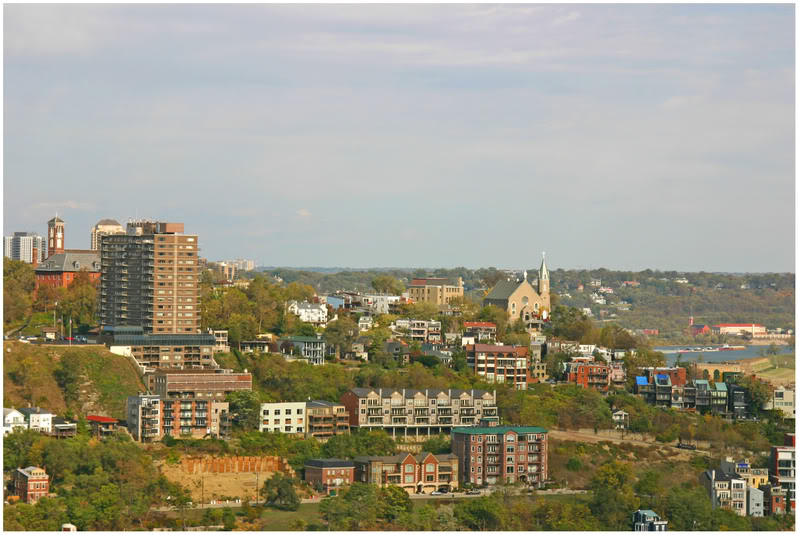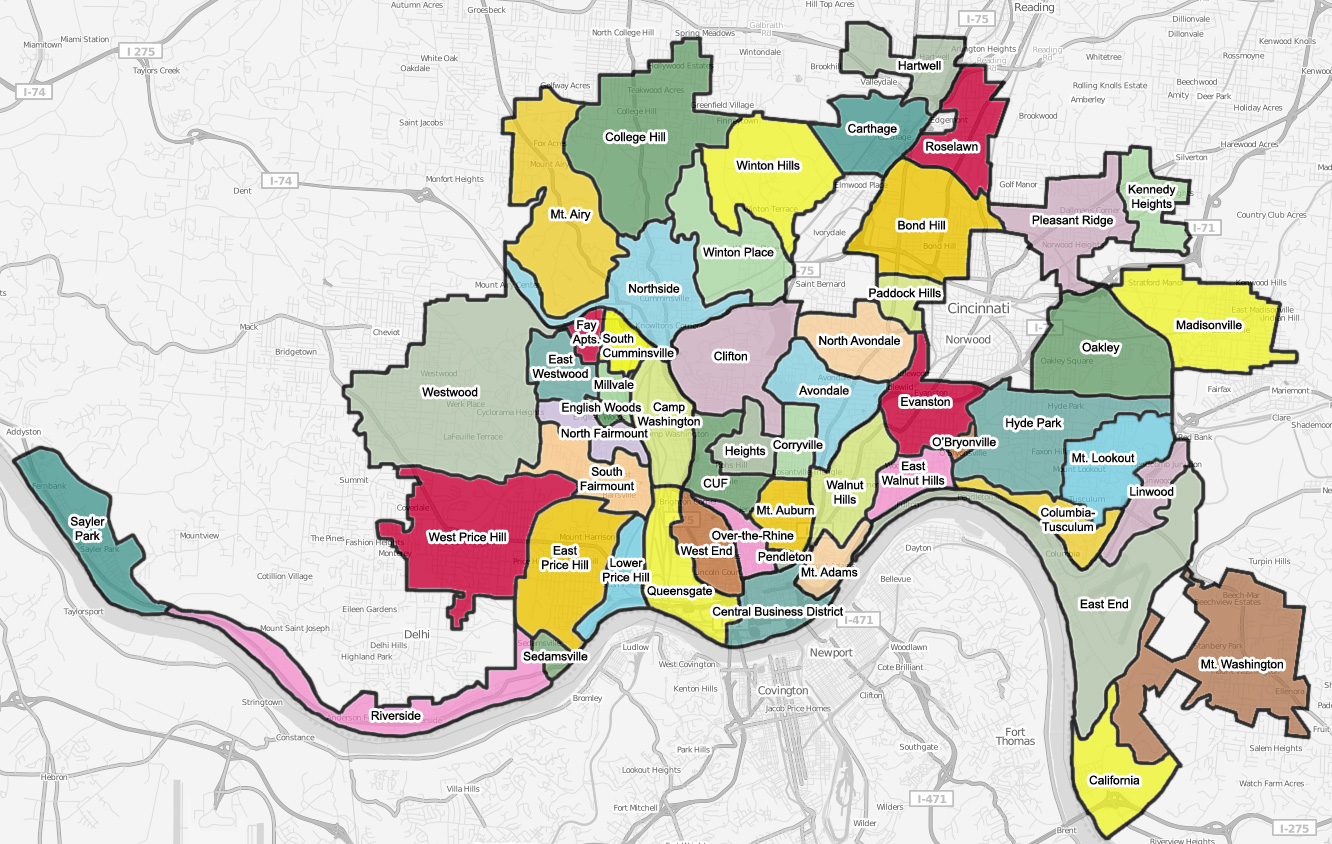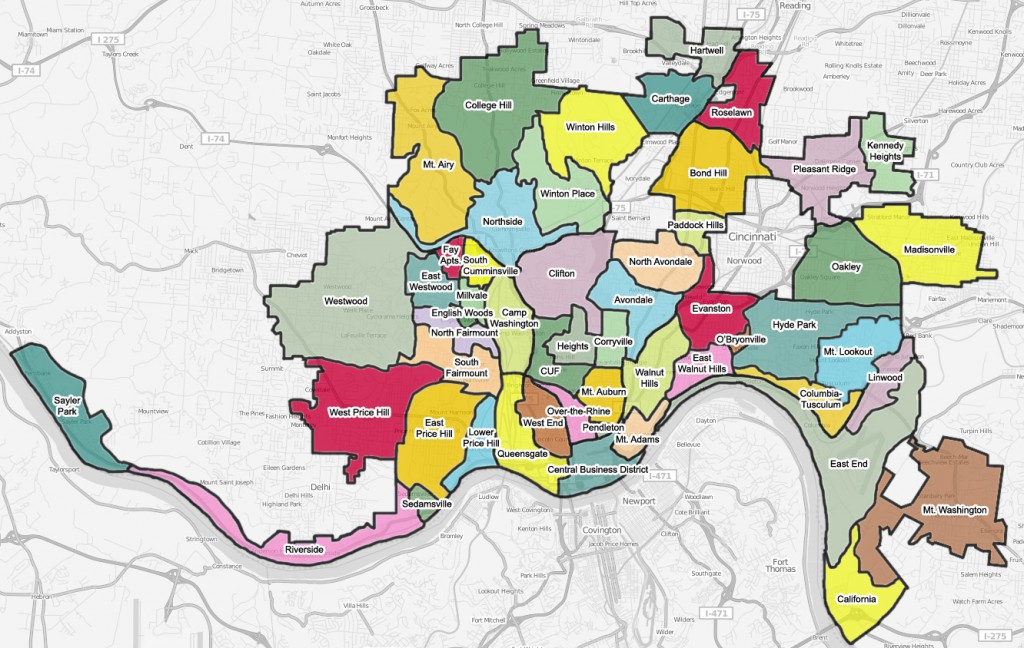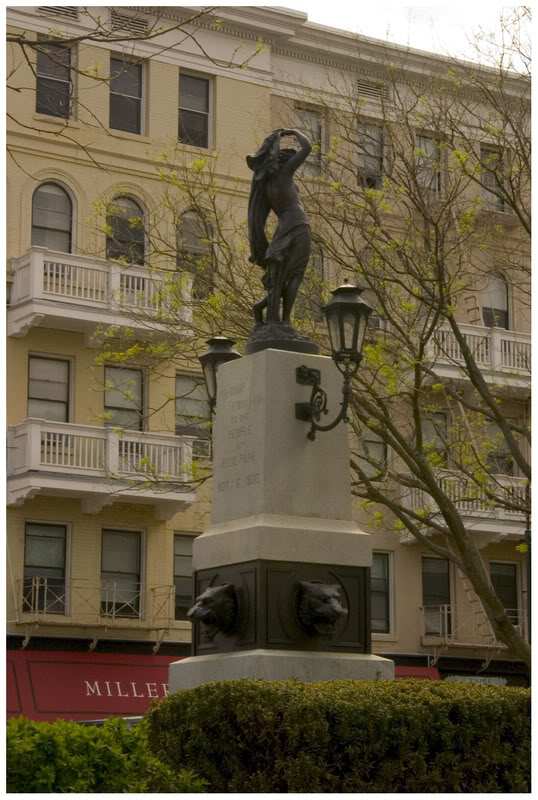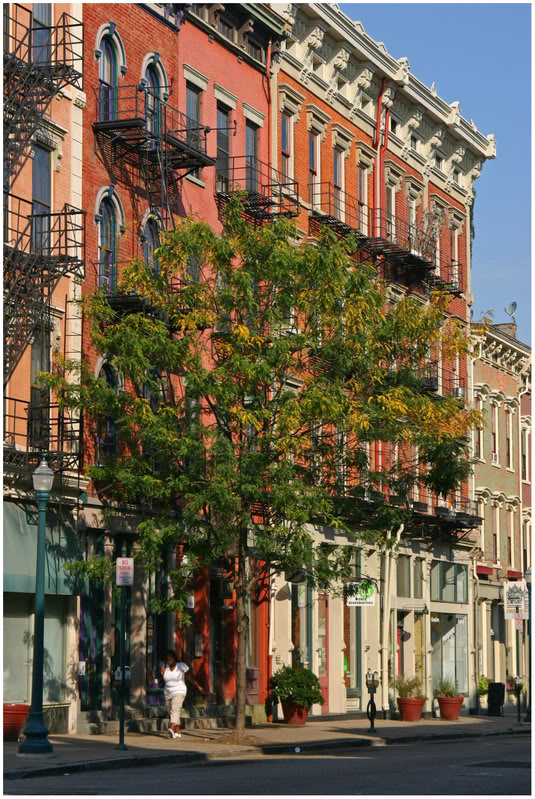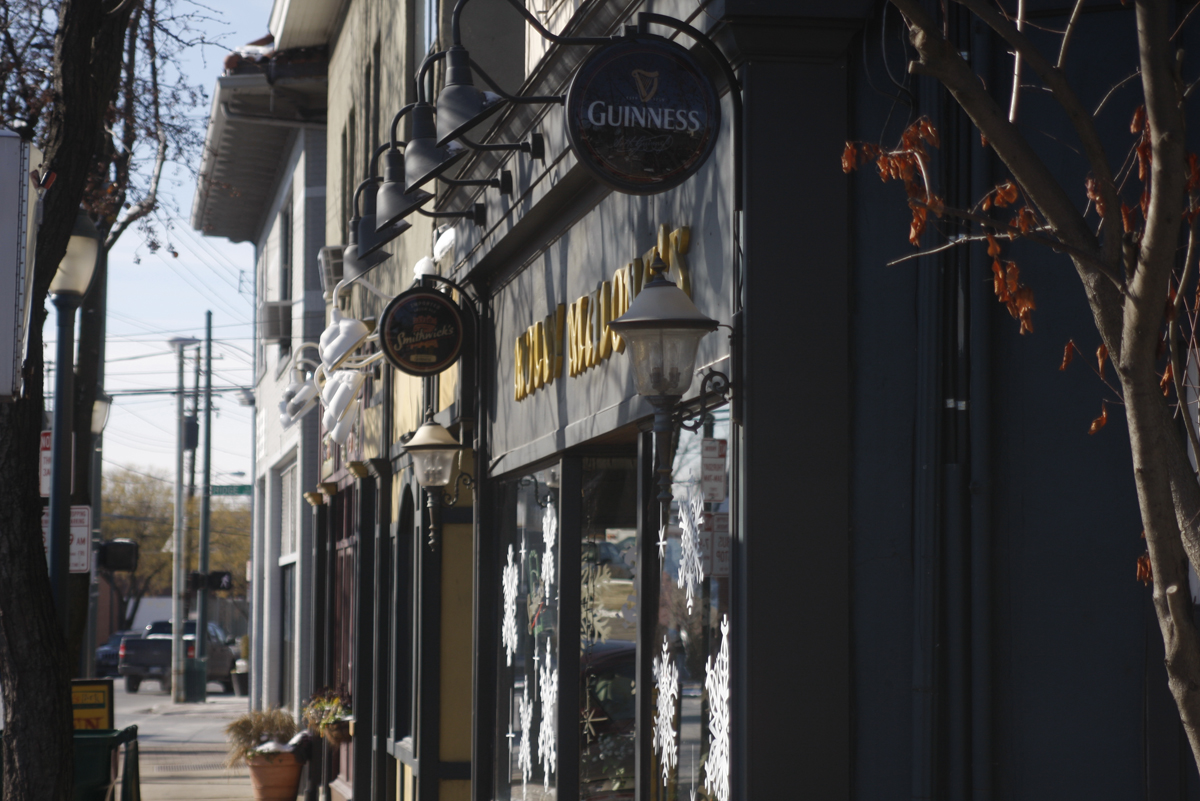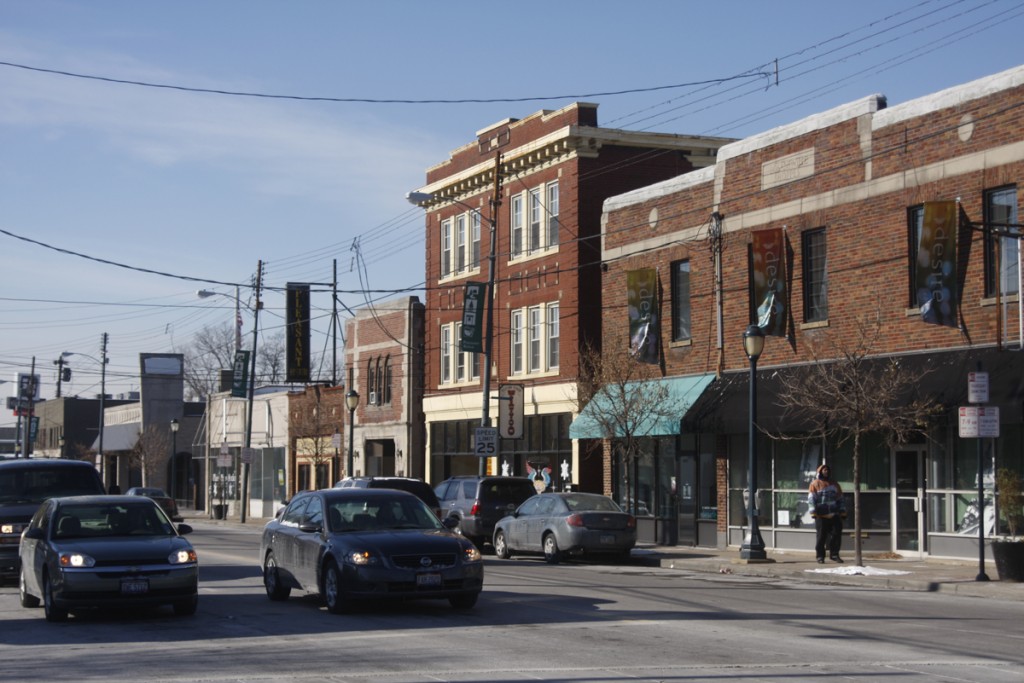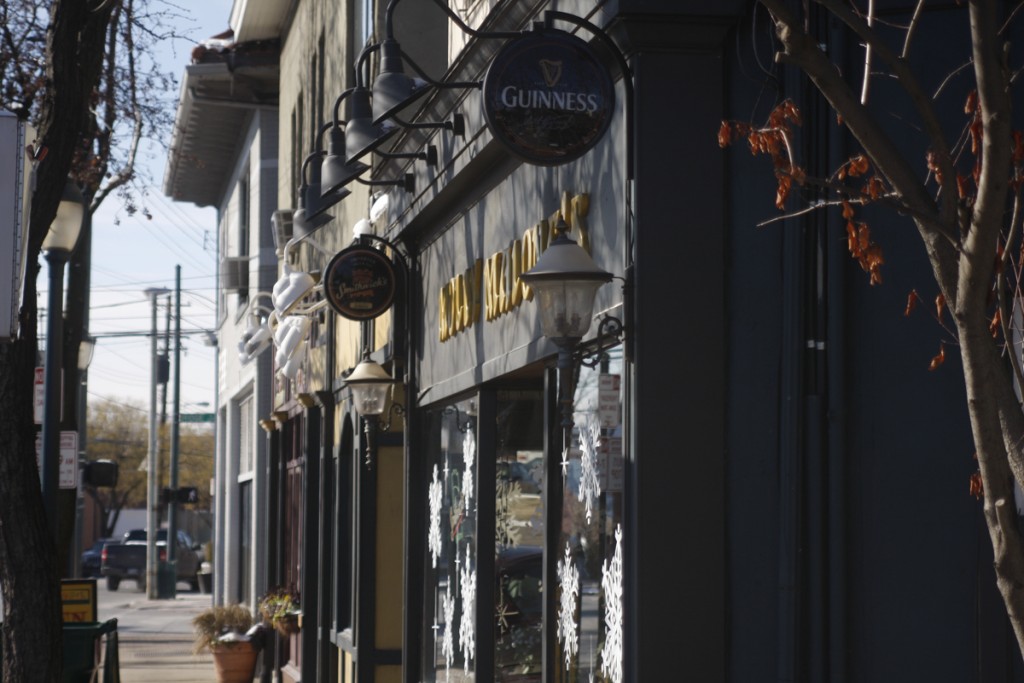Cincinnati’s urban form has long been defined by its two most significant natural landscape features – the Ohio River and its many hills. Early in the city’s history, the hills served as a boundary to further expansion. Then, as technology improved, people began to move up the hillsides and build there as well.
Over time some hillsides were developed and remain developed, while others were never developed to begin with or have been returned to nature over time. This scenario has created a situation where Cincinnatians debate the best use for the city’s hillsides. To develop or not develop, that is the question.
In Northern Kentucky this issue has been particularly relevant over recent years as hillsides have been built upon for residences that boast city views. To determine where in fact the residents of the area stand, the Northern Kentucky Area Planning Commission (NKAPC) conducted a Hillside Survey.
The results of the 273 respondents are striking. While one-third of the respondents indicated that they would prefer full preservation of the hillsides, nearly 64 percent said that they would like to see a mixture of developed and preserved hillsides in Kenton County.
The common thread throughout the survey was that Kenton County residents view the area’s hillsides as a defining characteristic and one that should be carefully considered in future and ongoing policy decisions.
In June 2010 UrbanCincy discussed this same topic. What should be done with the region’s unique urban hillsides? I contended that a unique development opportunity was being left on the table that has been capitalized on in other cities in Greece and the United States. So what do you think? Should the region’s hillsides be built upon, left undeveloped, or be comprised on some mixture of both?
Mt. Adams photograph by Randy Simes; ‘The Views’ photograph by Kevin LeMaster.
